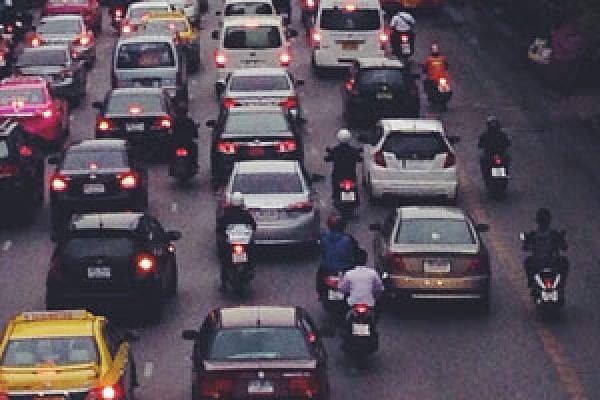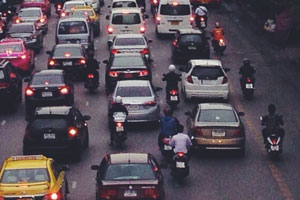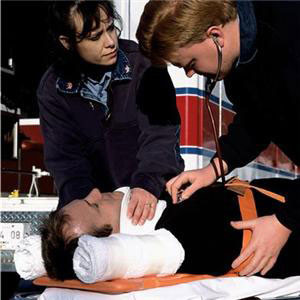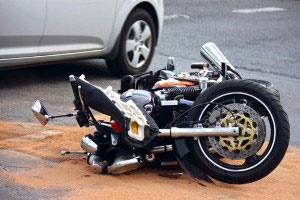AMA Encourages Motorcycle Lane-Splitting After Study Shows Benefits


New studies highlighted by the American
Motorcyclist Association have been released exploring the
statistics on motorcycle riders performing lane-splitting in
California. Lane-splitting, also known as filtering, is when a
motorcycle moves between traffic and driving lanes, which the AMA
said is a "relatively safe maneuver" when drivers in the lane and
the motorcyclist know the law and follow it safely and
responsibly.
The research looked through roughly 8,000 incidents where
motorcyclists were engaged in a crash while lane-splitting. The
reports inspected incidents between June 2012 and August 2013 and
the habits of motorcyclists and vehicle drivers during crashes in
California, a state that currently has more than 800,000 registered
motorcycles.
Speed Of Lane-Splitting Matters

In a
lane-splitting study done by the University of California at
Berkeley along with the California Highway Patrol, motorcyclists
who performed lane-splitting and were involved in an accident had
fewer head injuries and fatalities than standard accidents. The
researchers believed this could be due to the fact that most
lane-splitting accidents happen at lower speeds. The practice is
ideal as long as both drivers and motorcyclists take lane-splitting
cautiously.
The researchers discovered, that with each type of injury studied,
the percentages of injuries from accidents when lane splitting
varied based on how the filtering was done. The research found
there were injuries for lane-splitting at high and low speeds, but
there was a reduction in head injuries if the rider was traveling
no more than 10 mph above the speed of traffic or if the
lane-splitting was done in traffic traveling up to 30 mph. If both
conditions were met the reduction in injuries improved even
further, however the chance of injury was higher than non-filtering
motorcyclists if neither condition was followed.
"These findings bolster the position of motorcyclists and
traffic-safety officials that responsible lane-splitting is a safe
and effective tactic for riders, particularly in heavily congested
areas," said Wayne Allard, vice president of government relations
at the AMA.
Allard added that the AMA supports the practices that bring legal
lane-splitting or filtering to other states since the report found
the process safe in California when done effectively. Currently,
the only state that allows lane-splitting is California, but with
the new reports, that could change.
Less Likely To Be Rear-Ended

Some of the report's other findings
discovered lane-splitting motorcyclists were less likely to be
rear-ended at 2.7 percent of crashes, instead of other
motorcyclists that did not perform lane-splitting, the rate for
whom was 4.6 percent. In comparison to all other motorcycle
crashes, lane-splitting accidents were less likely to cause a
severe head injury than standard accidents (9.1 percent against
16.5 percent), the AMA reported.
According to the National Highway Traffic Safety Administration,
around 40 percent of all two-vehicle accidents in the U.S. are
rear-ender incidents. For motorcyclists, there's no such thing as a
minor fender-bender or rear-end accident since there's no shell
protecting riders. Drivers need to stop thinking that
lane-splitting is queue jumping and that motorcyclists should wait
just like everyone else, Gizmag reported. Lane-splitting is
beneficial to motorcycle riders because it limits the chance of an
accident, especially being rear-ended in heavy traffic.
Additionally, traffic benefits from lane-splitting because it moves
more motorcyclists out of heavily congested areas, thus speeding up
traffic and reducing worry for drivers from rear-ending riders.
